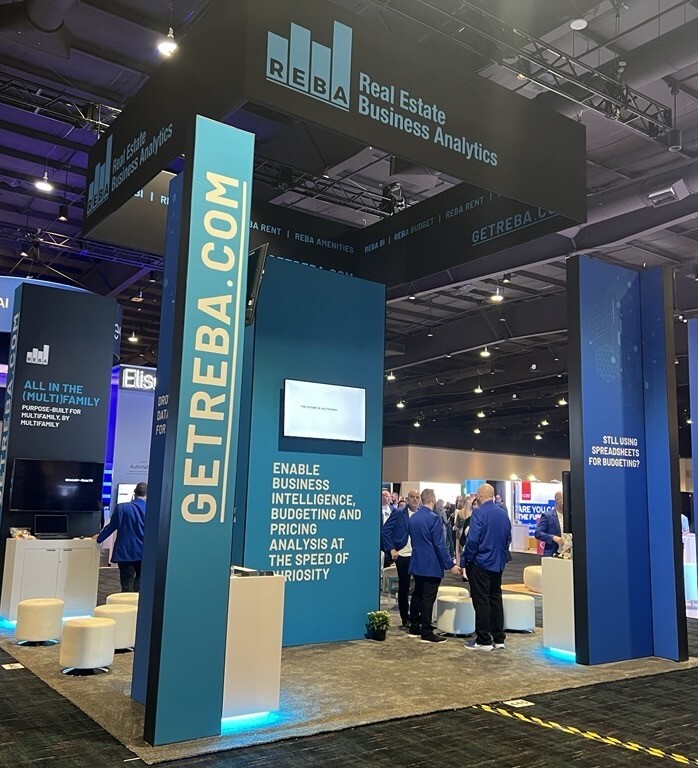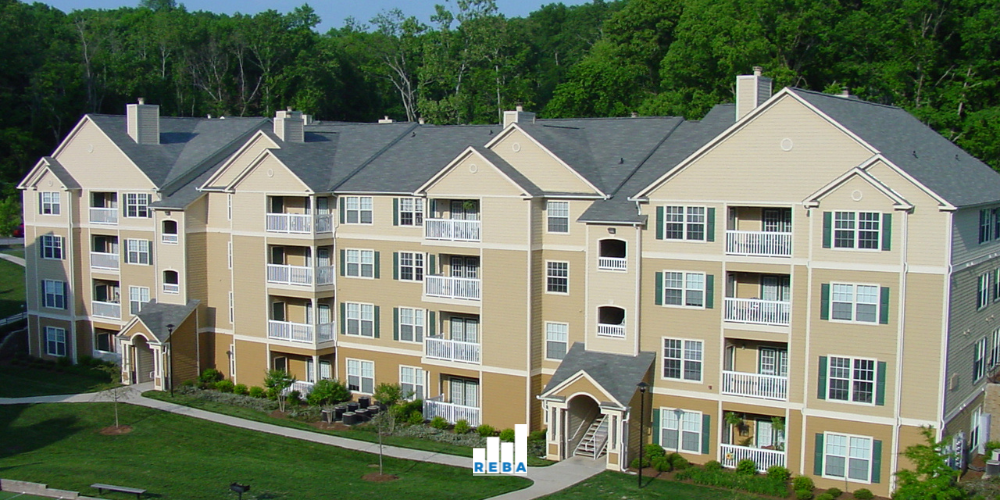With more pricing & revenue management (PRM) experience than anyone else in the multifamily industry, we have defined what a great contemporary PRM solution would look like that leads not only to a more efficient and more effective PRM strategy but also one that more naturally and intuitively builds trust with operators and asset managers.
Learn more about ideal PRM Systems in our Modern PRM White Paper
Massively improved workflows reduce Total Cost of Ownership (TCO)
A good PRM should make it easy for revenue managers to manage their portfolio, saving time and allowing them to handle more communities. This, of course, then reduces the total cost of operating the PRM.
Imagine waking up in the morning, firing up your computer, grabbing your cup of coffee, and then seeing exactly where you need to pay attention. By eliminating all the wasted time searching for issues and often not finding them, this kind of alert-driven workflow reverses the legacy systems’ paradigm and dramatically increases revenue manager productivity. Instead of searching through the application for places that need human intervention, this better solution sets thresholds around key metrics that alert revenue managers to places where their attention is valuable.
Think of a world with fewer clicks to get what revenue managers (and operators) need. Leveraging two decades of actual experience with what data is most important and how revenue managers actually use their software should be able to lead to a much more wisely built user interface reducing the effort needed to interact with the system.
Comprehensive reporting makes it easier for operators and pricing & revenue managers to manage the system
Legacy PRM systems tend to focus mostly on reporting at the granular pricing level. This leaves many opportunities for improving community, sub-market, market, and portfolio-level reporting including new pricing reporting across properties that supports leasing centralization activities.
Reporting that walks operators through exactly how pricing is calculated explains “the why” thus increasing confidence and reducing the number of hours revenue managers spend answering questions.
Intelligent pricing inputs ensure we’re reacting to the right things
Intelligent pricing inputs ensure we’re reacting to the right things. After two decades of legacy system use, the industry has learned lessons about what should and should not be part of any contemporary PRM system. For example, users should have the option of whether, and how much, comp data is included in their pricing algorithm, the system should target availability rather than occupancy and incorporate the importance of leasing velocity.
Future proof for changes in market and regulatory conditions
Systems of the future will need to provide start and end dates for constraints, allow for caps that are rules-based and can be applied at the lease type (new vs renewal), lease length and at the unit level, and consider process rules as well as rent-setting rules. There are already jurisdictions out there that require longer notice periods for residents with a certain tenure and other jurisdictions that require longer notice periods for residents receiving increases larger than a certain threshold.
Controls to implement your strategy, not the designers’
The best PRM solutions allow their teams to configure the software to fit their company’s strategies (in many cases, to allow different strategies for different markets/communities/unit types), not to force the company to fit the software’s strategy. This objective is typically met with a set of user-defined parameters that influence and configure how the system’s pricing model will react to different situations. They’re generally controlled by a very small number of pricing managers and they allow those pricing managers to change strategy when different communities have different strategies (e.g. when different owners may have different strategies within a fee manager’s portfolio or when a community is in lease-up vs stabilized operations vs disposition mode, etc.), when cyclical market conditions drive changes in strategy, when seasonality drives changes in strategy and a host of other possible reasons.
Optimize unit amenity pricing
Since legacy systems manage only “base rents,” they leave amenity pricing completely outside the system and thus manually priced. Given that typically 5-25% of the rental rate is comprised of unit amenities and/or square footage adjustments, PRM systems should offer amenity pricing recommendations on these as well as on base-rents. They should also offer an easy means to be sure that amenities are configured correctly as we have seen that the vast majority of the thousands of communities we’ve analyzed over the prior 20+ years have material errors in their amenity configuration.
Handle small unit count unit types and small count buildings
The emergence of “scattered home” single-family rentals (SFRs) represents an extreme example, essentially “buildings of one unit.” However, traditional multifamily also has many examples of small buildings (often in urban centers) and small count unit types/floorplans (e.g. many three-bedroom apartments).
Easy integration with analytics platforms
While strong reporting within a PRM system is helpful for both analyzing recommendations and understanding pricing performance, nothing matches the ability to export all key data from this pricing “system of record” into a full business intelligence and analytics platform.






SHARE